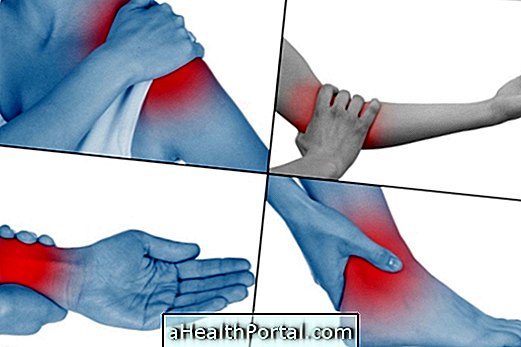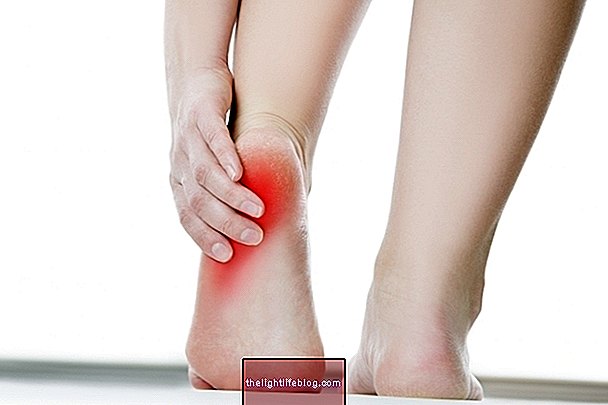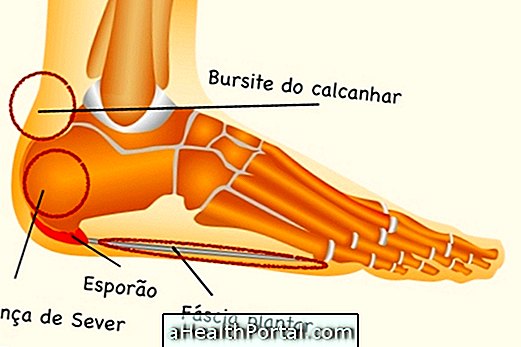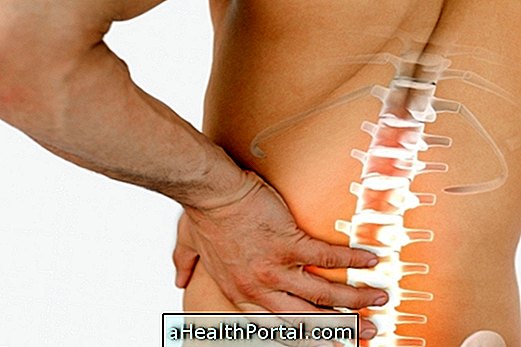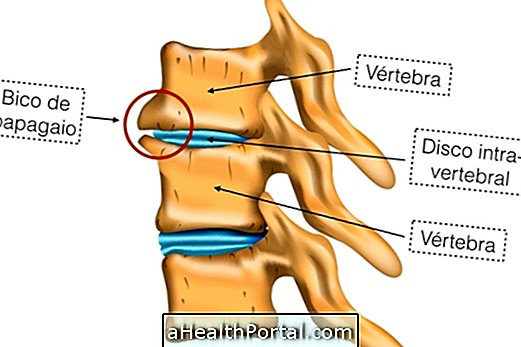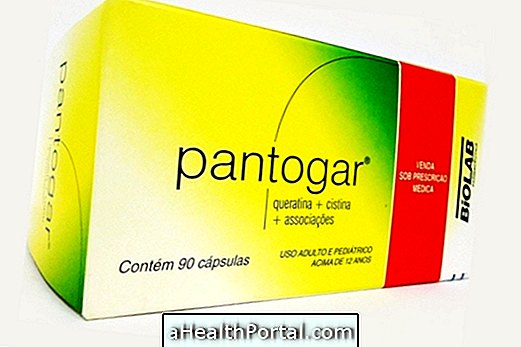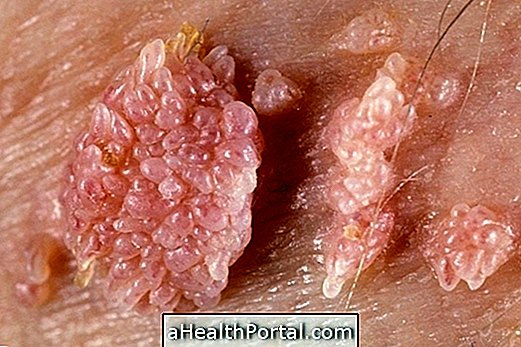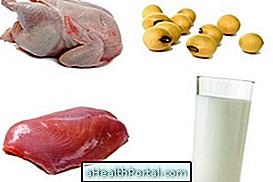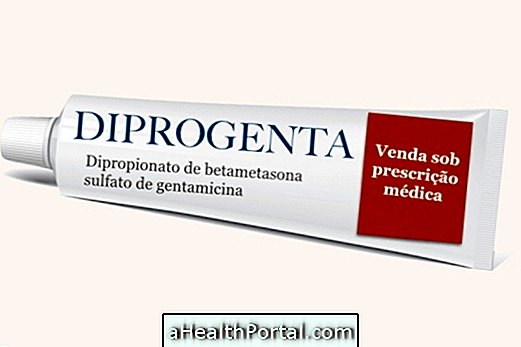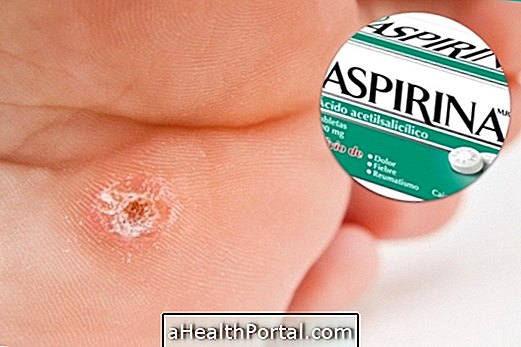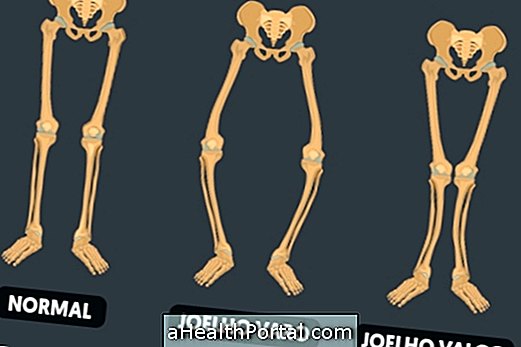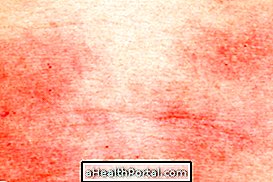Congenital torticollis is an alteration that causes the baby to be born with the neck turned to the side and presents some limitation of movement with the neck.
It has healing, but should be treated daily with physical therapy and osteopathy and surgery is only indicated in cases in which the child has not achieved improvement until 1 year of age.

Treatment for congenital torticollis
Treatment for congenital torticollis consists of physiotherapy and osteopathy sessions, but it is critical that parents or baby caregivers know how to do some exercises at home to complement and enhance treatment.
Mom should be careful to always breastfeed when the baby forces the baby to turn the neck in an attempt to release the joint and decrease the contraction of the affected muscle. It is recommended that she take the milk from the other breast with the bomb to avoid the risk of stoning and a difference in breast size in the future.
Parents should also leave the baby with the affected side facing a smooth wall, so that the child's noises, light stimuli and other interesting things make them turn to the other side and thus lengthen the affected muscle .
Exercises for congenital torticollis
The baby's physiotherapist should teach some stretching and muscle-releasing exercises for the mother to do at home in order to supplement the treatment. Some good exercises are:
- Call the baby's attention with something that makes noise by positioning the object in front of him and, little by little, move the object to the side, to encourage the baby to turn the neck to the affected side;
- Put the baby lying on the bed and sit next to him, so that to look at you, he has to turn his neck to the affected side.
The use of warm water bags or heated towel before exercise is essential to facilitate neck mobilization and decrease the risk of pain.
If the baby starts to cry for not being able to look at the affected side, one should not insist. Please try again later, a little while.
It is important not to cause pain and not over-force the muscle so there is no rebound effect and the condition is aggravated.
